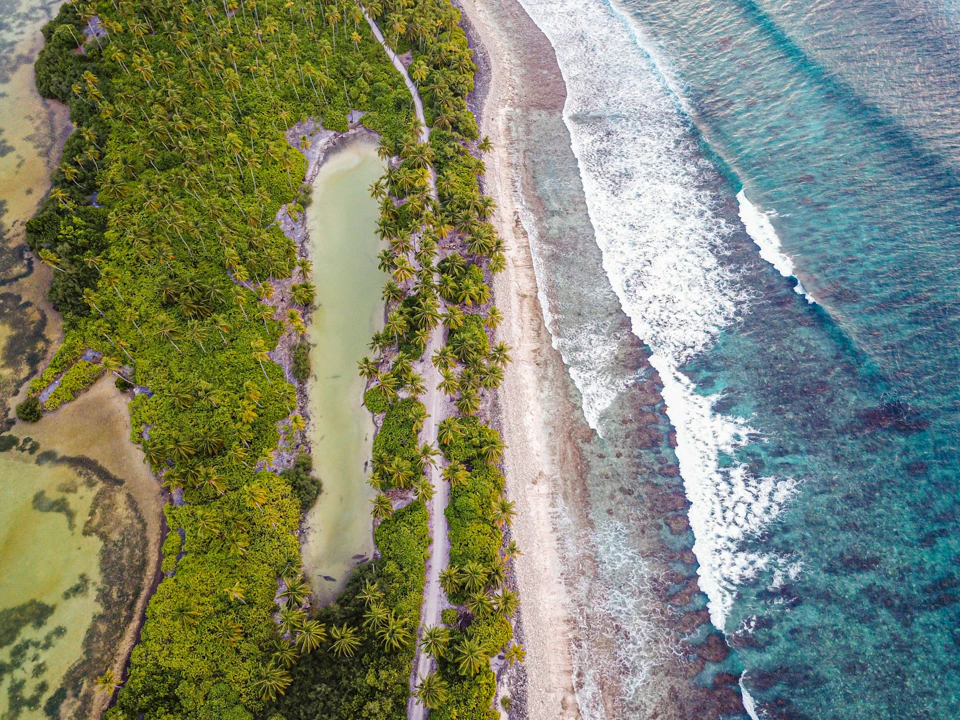Blue credits represent an emerging category of carbon credits linked to protecting and restoring marine and coastal ecosystems. These credits allow companies and individuals to offset their greenhouse gas emissions by financing projects that conserve and enhance blue ecosystems, such as mangroves, coral reefs, and seagrass beds. Such ecosystems are known for sequestering significant amounts of carbon dioxide (CO₂) from the atmosphere and oceans.

Why are Blue Credits important
Blue credits are crucial for several reasons:
- Climate Change Mitigation: Blue credits play a unique role in this aspect. Marine and coastal ecosystems, such as mangroves, sequester carbon at an astonishingly high rate. For instance, mangroves can sequester 3 to 5 times more carbon per unit area than terrestrial forests, making them a powerful tool in our fight against climate change.
- Protection of Biodiversity: These ecosystems support a wide range of marine species, contributing to biodiversity conservation.
- Coastal Resilience: Blue ecosystems protect against coastal erosion and extreme weather events like storms and tsunamis.
- Economic and Social Benefits: Coastal communities directly benefit from the health of these ecosystems through activities such as sustainable fishing and ecotourism.
How do they counter Climate Change?
Marine and coastal ecosystems play a crucial role in the global carbon cycle. Mangroves, seagrass beds, and coral reefs absorb and store large amounts of CO₂, helping to reduce the concentration of greenhouse gases in the atmosphere. This process, known as carbon sequestration, is essential for mitigating the effects of climate change.
Furthermore, preserving these ecosystems prevents the release of carbon stored in soil and biomass, which would occur in the event of degradation or destruction.
Main obstacles
Despite their potential, several obstacles hinder the spread and effectiveness of blue credits:
- Monitoring and Verification: Accurate monitoring of carbon sequestered by marine and coastal ecosystems is complex and expensive. The lack of uniform standards makes verification of credits difficult.
- Conflicts of interest: Local communities and coastal industries may have economic interests that conflict with the conservation of blue ecosystems.
- Insufficient funding: Blue carbon projects require significant investment to implement and maintain over time. Currently, funding often needs to be improved.
- Impact on other ecosystems: The climate changes that blue credits seek to mitigate may impact blue ecosystems, making their conservation even more difficult.
How are Blue Credits traded
Blue credits are similarly traded on the carbon market to other types of credits. Here is how the process works:
- Project development: An entity develops a project to conserve or restore a marine or coastal ecosystem. This project must conform to recognized standards and demonstrate the ability to sequester carbon.
- Certification: The project is verified and certified by an independent body, such as a third-party auditor or a regulatory agency, that confirms the amount of carbon sequestered.Issuing of Credits: Once approved, the project receives an equivalent number of blue credits, representing the amount of carbon sequestered.
- Market exchange: Blue credits can be sold on the voluntary or regulated market. Companies and individuals buy these credits to offset their carbon emissions.
A new opportunity
Blue credits represent a promising opportunity to combat climate change by protecting and restoring marine and coastal ecosystems. Although several challenges remain, widespread adoption and financial support for blue carbon projects can contribute significantly to reducing greenhouse gas emissions and promoting resilience in coastal communities.